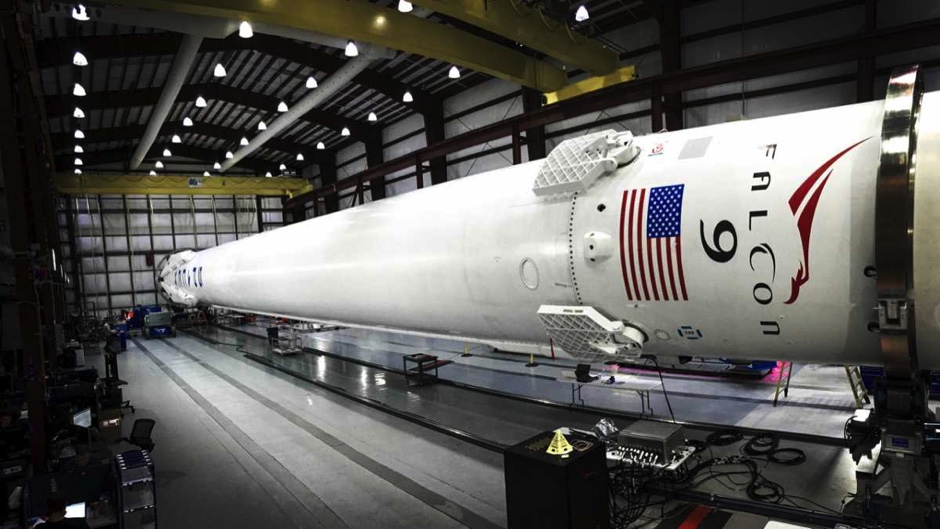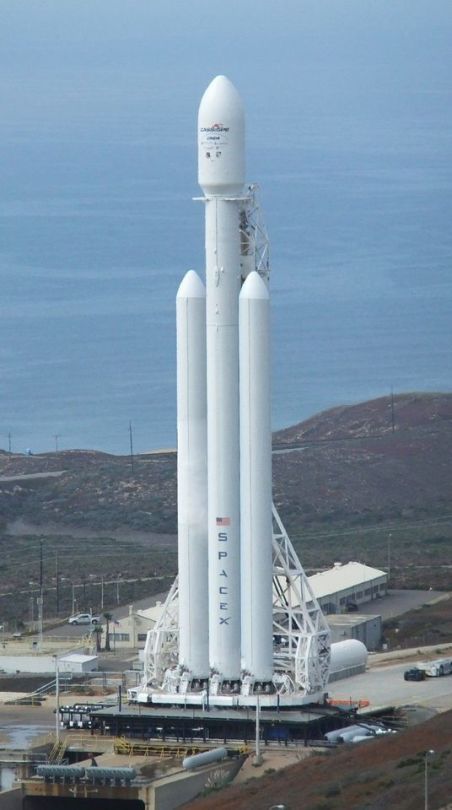In the vast realm of space exploration, innovative technologies continually push the boundaries of human achievement. One such trailblazer in the field is Space Exploration Technologies Corp., commonly known as SpaceX. At the forefront of their revolutionary space launch programs is the Falcon 90, a cutting-edge spacecraft that promises to redefine our journey into the cosmos.

The Legacy of SpaceX
Founded by entrepreneur Elon Musk in 2002, SpaceX has become a global leader in space exploration. Known for its ambitious goals and groundbreaking projects, the company aims to make space travel more accessible and sustainable. SpaceX has already achieved significant milestones with its Falcon 1, Falcon 9, and Falcon Heavy launch vehicles, contributing to the advancement of space technology.
Enter the Falcon 90
The Falcon 90 is SpaceX’s latest addition to its impressive fleet of rockets. This state-of-the-art spacecraft represents a giant leap forward in terms of payload capacity, versatility, and cost-effectiveness. Let’s delve into the key features that make the Falcon 90 a game-changer in the field of space exploration.
Enhanced Payload Capacity
The Falcon 90 boasts an impressive payload capacity, allowing it to carry larger and heavier payloads into orbit. This increased capacity opens up new possibilities for launching advanced satellites, space probes, and even future crewed missions beyond Earth.
Reusable Technology
A hallmark of SpaceX’s approach is its commitment to reusable rocket technology. Like its predecessors, the Falcon 90 is designed to be partially or fully reusable, significantly reducing the costs associated with space travel. By reusing components, SpaceX aims to make space exploration more economically sustainable.
Versatility in Mission Profiles
The Falcon 90 is engineered to accommodate a wide range of mission profiles. Whether it’s deploying satellite constellations, servicing the International Space Station (ISS), or embarking on interplanetary missions, this spacecraft is designed to meet diverse mission requirements. Its adaptability ensures that the Falcon 90 can play a pivotal role in various aspects of space exploration.
Advanced Propulsion Systems
The Falcon 90 features cutting-edge propulsion systems that enhance its efficiency and reliability. The incorporation of innovative engine technologies contributes to the spacecraft’s overall performance, enabling it to traverse vast distances in space with precision and speed.

Autonomous Flight and Navigation
Space missions require precise navigation, and the Falcon 90 incorporates autonomous flight capabilities. This ensures a higher degree of accuracy in reaching designated orbits or destinations, reducing the dependency on ground control and allowing for more flexibility in mission planning.
Global Accessibility
The Falcon 90 is designed to be a versatile and globally accessible launch vehicle. Its capability to launch from various spaceports around the world expands the opportunities for international collaboration in space exploration. This global reach aligns with SpaceX’s vision of making space more accessible to nations beyond traditional spacefaring powers.
Conclusion
As we stand on the cusp of a new era in space exploration, the Falcon 90 from SpaceX emerges as a beacon of innovation and progress. With its enhanced payload capacity, reusable technology, versatility, advanced propulsion systems, autonomous capabilities, and global accessibility, this spacecraft embodies the spirit of exploration that defines human curiosity. The Falcon 90 is not just a rocket; it’s a symbol of humanity’s collective journey into the cosmos, where the possibilities are as limitless as the stars themselves.






